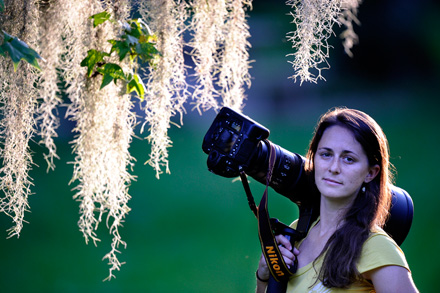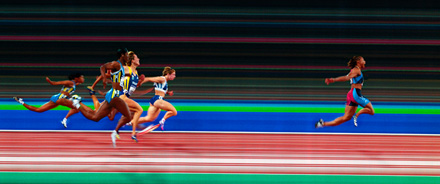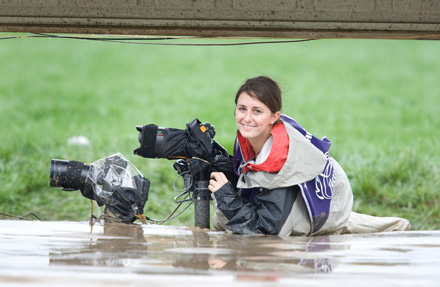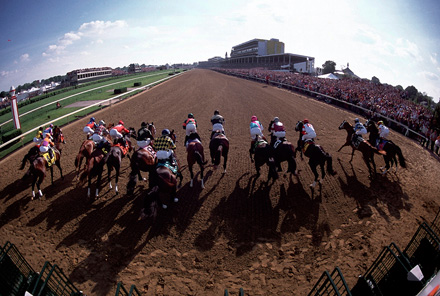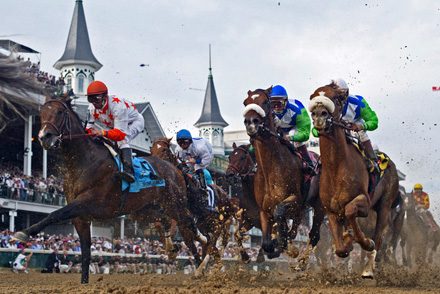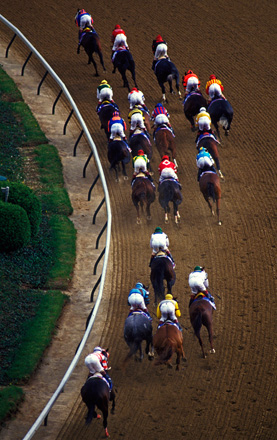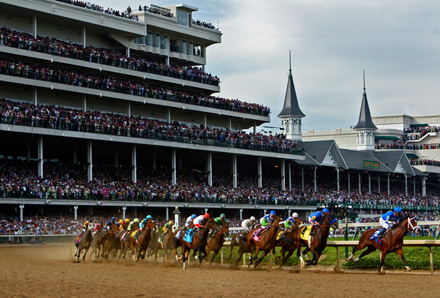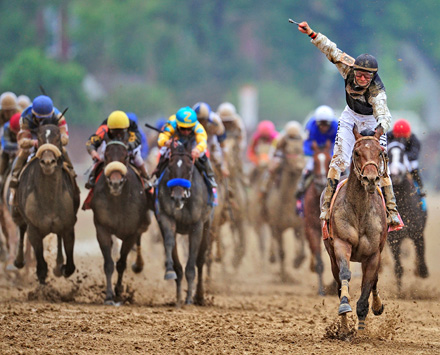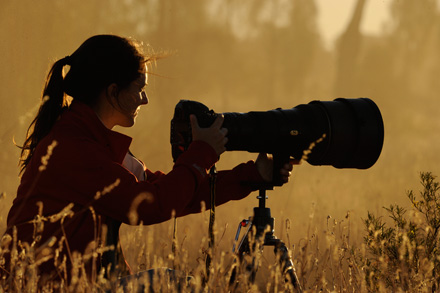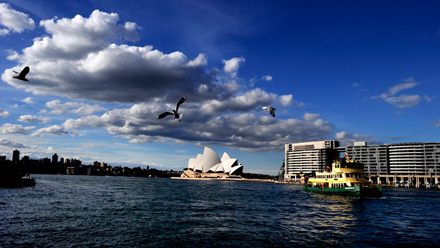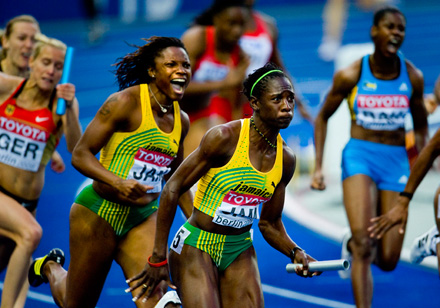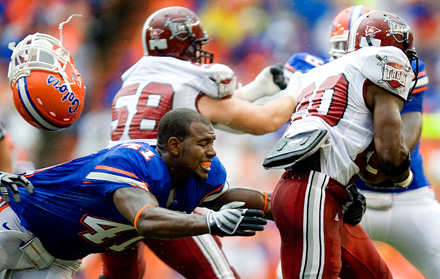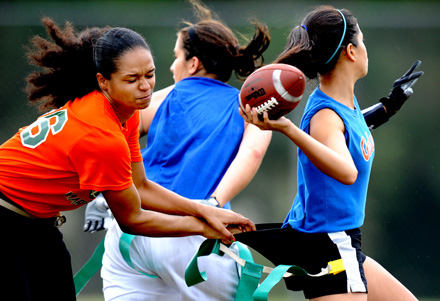I grew up in a family of storytellers.
My grandfather, Bub, could tell a story better than Tom Brokaw. In fact, he was Tom Brokaw’s first boss at WSB-TV in Atlanta.
My mom was a popular news anchor in Jacksonville, Fl, for 25 years. She taught me the importance local activism and the difference it can make.
My dad is the quieter type. He was a news reporter in his younger years but is now a small business owner and avid amateur photographer. He gave me my first camera and taught me how to use it.
My background is what ultimately drew me to photojournalism in college. It was the culmination of telling stories and making images. The big question mark over my future suddenly disappeared. Professional photography was where I was headed.
While a student at the University of Florida, I was introduced to Bill Frakes’ work when he gave a lecture to a group of photojournalism students. A couple months later I saw him in the Atlanta airport and introduced myself.
We hit it off immediately. We are aligned in a way neither of us expected. Other than our obvious differences in age and gender, we come from opposite backgrounds. He grew up in the sand hills of Western Nebraska. I grew up on the beach in Florida. Yet somehow we ended up in the same place, geographically and mentally. We both have a work ethic that exhausts and exasperates almost everyone else we know, our humor is identical and our creative tendencies are shockingly similar.
I started working as his assistant about two-and-a-half years ago. Bill was patient with me. I didn’t know exactly what being an assistant entailed but learned quickly.
To get a job as an assistant you don’t have to know everything about photography, you just have to be open minded and willing to learn. You have to listen to instruction and be willing to take chances. Most of all you have to want to work and be flexible.
You need to be able to work with every camera format from 35 mm digital to 8×10 film. We work with them all, and if we don’t have what we need we get someone to build it for us.
I think that’s what ultimately made Bill decide to hire me. I was very open to the education process. Any project he wanted to tackle I was up for, whether I knew how to do it or not. I never back down from a good challenge and I never quit until the job is done.
I’ve also been very lucky in that Bill has given me a lot of room to learn. From day one he has sent me web sites, given me books and sat down and really worked with me through an idea or problem. He has let me grow as a photographer and a person. Through working with Bill I have not only learned the mechanics of photography, but the thought behind it.
Bill has taught me to take pictures with my heart, my mind and my soul. The camera is a tool, albeit a very important one. At the end of the day the photographer takes a photo, not the camera.
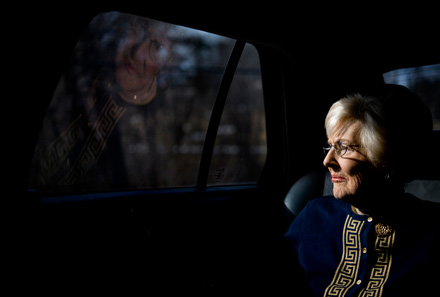
My grandmother riding in the hearse on the way to my grandfather’s funeral in March. (Photo by Laura Heald)
Bill exemplifies this belief in his coverage of the Kentucky Derby.
An average Derby for Bill means about 60 remote cameras, dozens of Manfrotto ballheads, magic arms and super clamps, and hundreds of feet of cable and connection cords. This equals out to about 25 large cases of gear.
He puts cameras everywhere he can’t physically be during the race. His position is head-on from the finish line. The remotes are under the rail, around the turn, on the roof–anywhere he thinks he can make a photograph the readers will want to see.
What he does with the remotes is nothing short of genius. A lot of photographers set remotes up at races like the Derby. Very few can do what Bill can.
Bill calculates every possibility. He pays close attention to what horses are competing and the jockeys riding them. The under the rail remotes are set at different focal lengths and focus planes. He has a camera set for every possible outcome, from a win on the rail to one 10 feet off; a jockey celebrating his win 10 feet before the finish line or 10 feet after. That’s a lot of distance to cover with lenses ranging from a 14-24mm f/2.8 to a 600mm f/4.
That’s just the 30 remotes under the rail. The rest are set to capture a graphic, something offbeat or beautiful. He tries to find a different angle every year, and some how, after 20 years of covering the event, he always does. He always finds a new angle or has a new technique.
He uses his tools, whether it be a Nikon D3, a Manfrotto support or a remote cable, and creates beautiful images year after year. His mind and eye make the image. The camera is simply the vessel that allows him to capture it.
Being Bill’s assistant is an education no amount of money can buy. Photography is one of those professions you just have to do. Theory is an important background to have but real world application is how you learn, and learning from one of the world’s best photographers has been a dream experience.
People always ask me what an average day of work is like for me. I never know how to answer. There is no average day. One day may be spent editing and organizing in the office, while the next day we are trekking through the outback of Australia or standing on a cliff over the Panama Canal.
In the last two years I’ve been with Bill on most of the 400,000 miles he’s flown. We’ve worked on 5 continents and in at least 30 different US states. We have fun. Trust is everything.
Subject matter varies as widely as the locations.
For example, this summer Bill and I spent a month in Australia working on the ad campaign for the Nikon D3s. Immediately after we finished that project, we had another ad campaign that has yet to be released. The day after that finished we were on a plane to Berlin, Germany, to cover the World Athletics Championships for Sports Illustrated. After two weeks of track and field, we rented a car and drove to Rome, Italy, to work on the documentary on Missy Koch that Bill discussed in his guest blog last week.
That was two months of work. Each assignment was drastically different from the one before it. Sports photography is what Bill is known for and it is something we do a lot of and enjoy. But it is not everything we do.
I say we because through the course of our working together, we have evolved from a mentor/student relationship to a business partnership. Bill and I recently started our own multi media production company, Straw Hat Visuals. I still work as his assistant on his Sports Illustrated assignments and I don’t think that will ever change. But we have been actively moving into a broader range of subject matter. We are currently in production on two ad campaigns, a music video and a long-term documentary project.
We never want to get stuck in one subject or one genre of visual communication. Multi media has taken us to a new place visually and creatively.
We are constantly evolving, learning new technology and trying new techniques. We work fast and decisively. Bill’s mind is constantly in motion. I not only want to keep up, I want to be ahead.
The new cameras have allowed us to do as two people what it used to take a crew of 30 to accomplish. Everything we need is now in one camera body, one tool. We never leave home without a D300s or D3s over our shoulders.
Our individual skills have been extremely important in this evolution. Bill is really good at conceptualizing an idea and executing it. I’m good at putting it together in post-production, whether we’re creating videos in Final Cut Pro or still productions in Aperture.
We have access to every imaging and editing tool you can imagine. Bill’s Aperture library now has over 1.5 million images. We have 91 terabytes of raided storage. And well over a million analog images. Fortunately we have an offsite storage location–our office is comfortable but not that big. It’s a lot to keep up with but without it our production would crash and burn.
Bill has done a significant amount of directing music videos and television spots. Documentary film is one of the places we are headed
In this world of tight budgets we’re working hard to streamline our operation. We are learning how to create multiple platform stories from start to finish.
All gear and technology aside, we are ultimately storytellers. We want to push the creative envelope and create content that can be enjoyed by audiences of all ages, beliefs and biases across every platform, traditional and new that you can imagine.
Our latest multi media was posted on SI.COM last week. It’s on sorority and women’s league flag football at the University of Florida.
The story isn’t complicated or uncommon. It is just a fun story that is not commonly told. The key for us is finding an angle or something humorous in the every day.
From Gainesville, FL to Beijing, China, Bill and I have traveled near and far to cover stories across all genres and age groups. At 23 years old, I am one of the lucky ones.
As our friend Mark Suban from Nikon Professional Services said to me recently, “Bill has had a career most photographers only dream about, but man, I want to be in Laura’s shoes.”
Thanks Scott and Brad for creating a place for photographers to visit and learn. I’m incredibly flattered that you asked me to contribute.



